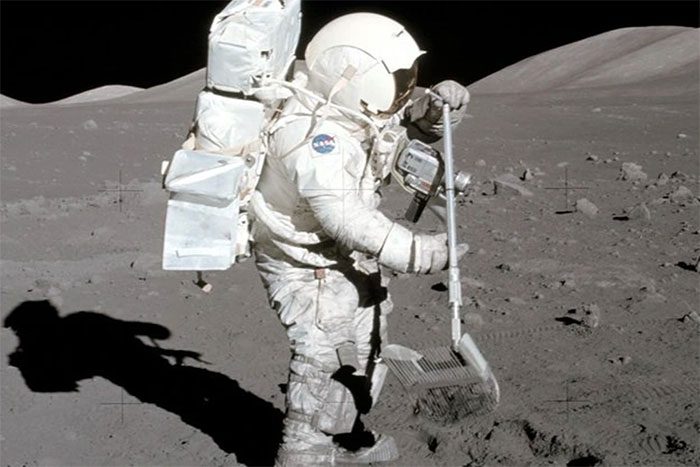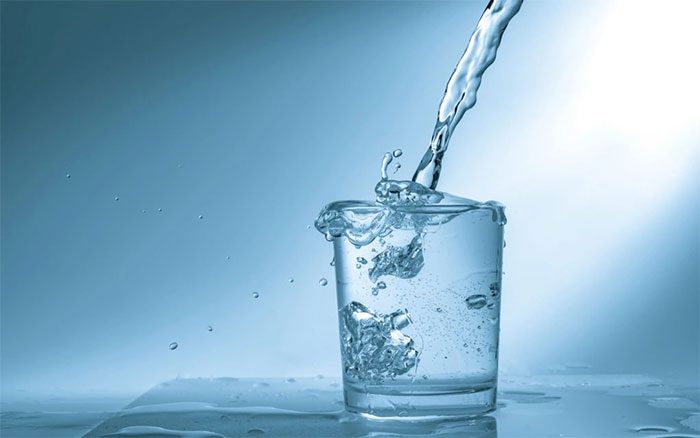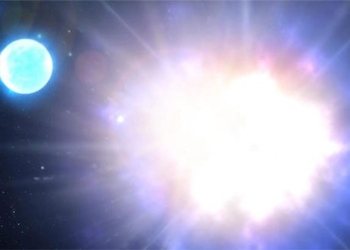The Mystery of the Source of Important Materials on the Moon May Be Solved Thanks to a New Discovery.
A team of scientists from the United States Naval Research Laboratory (NRL) has recently published their findings from the study of lunar sample 79221.

Scientists discover the “gift” from the Sun to humanity, hidden on the Moon (Illustration: NASA).
To achieve this, the scientists employed transmission electron microscopy techniques, which involve firing a beam of electrons to display the sample and create high-magnification images.
The published results revealed that hydrogen exists within the mineral grains of apatite and merrillite after showing signs of “space weathering” due to the influence of solar wind.
If you’re not aware, solar wind is a stream of charged particles (mainly high-energy electrons and protons) rushing out from the Sun at speeds of up to 1.6 million km per hour. They interact with everything in their path, and even Earth and the Moon are not exceptions.
According to the scientists’ explanation, the solar wind gets trapped on the Moon’s surface in measurable quantities, primarily located within rock samples after the lava flow cools.
This means the samples may originate from a potential reservoir that future explorers could access.
Hydrogen itself is an extremely useful resource, and if it can be extracted from materials on the lunar surface, it could support various aspects of space exploration.
Moreover, this discovery may also help solve the mystery of the origin of water on the Moon, with the argument that it could result from the chemical interaction between solar wind and lunar rocks.
Why is water on the Moon important?

Finding a glass of water on the Moon will not be simple. (Illustration).
According to the National Academies of Sciences, Engineering, and Medicine in the United States, men should drink 3.7 liters of water per day, while women should consume 2.7 liters.
Imagine a crew of three heading to the Moon for a three-week mission. That amounts to approximately 189 liters of water consumed, which is about 189 kg.
According to NASA’s estimates, launching 1 kg into low Earth orbit could cost between $10,000 and $20,000. Thus, the 189 kg mentioned would cost nearly $4 million.
However, this is not all. This figure would increase many times for longer space missions.
This poses significant logistical challenges and costs solely for transporting water.
If a sustainable source of water can be found on the Moon, it would be a valuable asset for future missions, ensuring both fuel and life support.





















































